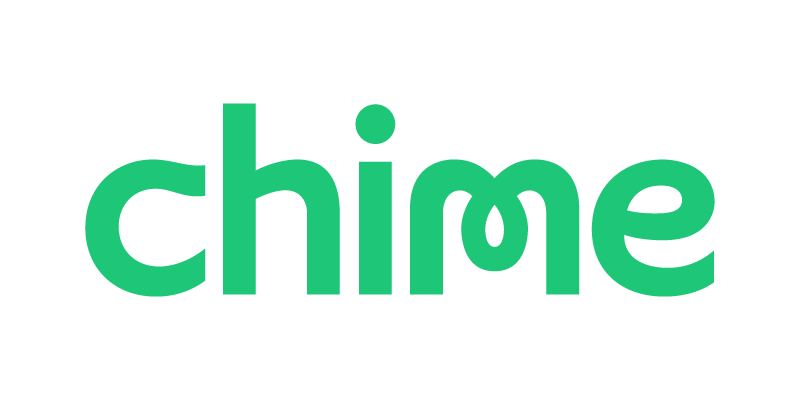High-Yield CD: How It Works

Many or all of the products featured here are from our partners who compensate us. This influences which products we write about and where and how the product appears on a page. However, this does not influence our evaluations. Our opinions are our own. Here is a list of our partners and here's how we make money.
What is a high-yield CD?
A high-yield CD is a certificate of deposit with one of the highest interest rates available across financial institutions. What counts as the highest rate varies over time. When the Federal Reserve raises its rate, as it has multiple times since March 2022, banks and credit unions may take their cue to raise rates too.
Once you open a high-yield CD, you lock into that rate for a term, usually from three months to five years, and lose access to the funds until the term’s maturity. These CDs, like regular CDs, are federally insured up to $250,000 per account holder.
» Ready to compare? See the best CD rates this month

Common features of a high-yield CD
They’re mainly available at online banks. High-yield CDs are generally found at online banks and credit unions, which can afford to offer higher rates than brick-and-mortar banks in part because they don’t pay the costs to maintain branches or branded ATMs.
They have high interest rates. There’s no exact threshold or regulatory definition, but if you’re looking at a CD rate well above the national rate for a certain CD term, it’s safe to say that it’s probably a high-yield CD. A CD rate usually is written as annual percentage yield, or APY, which is the interest rate that factors in compounding. (Learn more about APY.)
They require low opening deposits. Many high-yield CDs have minimum deposits at or below $5,000, and some don’t even have a minimum. Jumbo CDs, in contrast, typically require at least $100,000 and usually without offering better rates than high-yield CDs, according to NerdWallet analysis. The exception: Jumbo CD rates can be slightly better than high-yield rates at the same institution. (See our list of the best jumbo CDs.)
» Want more options? See the best high-interest accounts for savings, CDs, and more

Deposits are FDIC Insured
BMO Alto Certificate of Deposit

5.40%
1 year
High-yield CD rates compared to national averages
The internal data of table 12264 is corrupted. |
High-yield CD vs. high-yield savings
CDs aren’t the only banking product that can be called "high yield.” You’ll also find high-yield savings accounts. Here’s how these accounts differ:
CDs often have higher rates than savings accounts, whether high yield or not. Since CDs require you to lose access to your funds for a term, a higher rate can serve as an incentive.
CDs don’t allow any withdrawals until the term expires. If you withdraw early, there’s usually a penalty. (See penalties by bank.)
A savings account might limit withdrawals to six times a month. Although the Federal Reserve stopped requiring this limit as a rule early in the COVID-19 pandemic, banks can still apply it. Online transfers factor into this limit, while ATM withdrawals, if available at your bank, don’t count. (Learn more about savings account limits.)
» Want more access than CDs offer? Check out NerdWallet's best high-yield savings accounts
Bottom line: Go for a high yield
You can find CDs at most banks (and the equivalent — share certificates — at credit unions), but you don’t have to get a CD where you have your checking or savings account. In fact, you might benefit from comparing CD rates outside your main bank if it doesn’t offer high-yield CDs.
How do CDs work?
Learn more about choosing CDs, understanding CD rates, and opening and closing CDs.
For choosing CDs:
For understanding CD rates:
For opening CDs:
For closing CDs:
See CD rates by term and type
Compare the best rates for various CD terms and types:
See CD rates by bank
Here’s a quick list of CD rates at traditional and online banks and a brokerage:
On a similar note...












